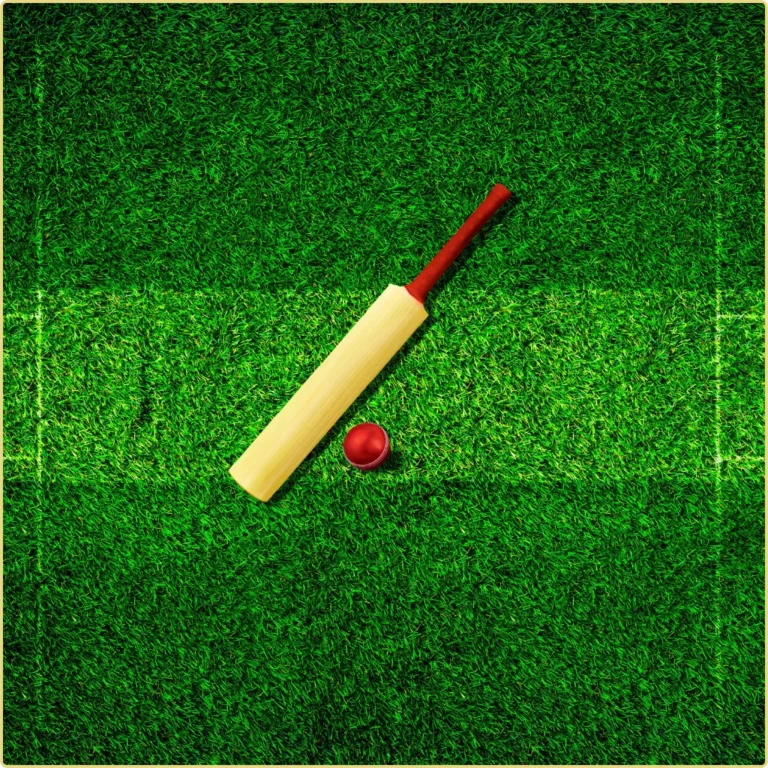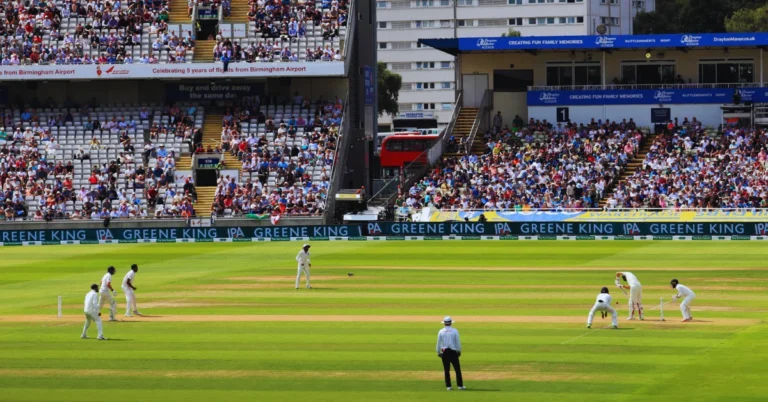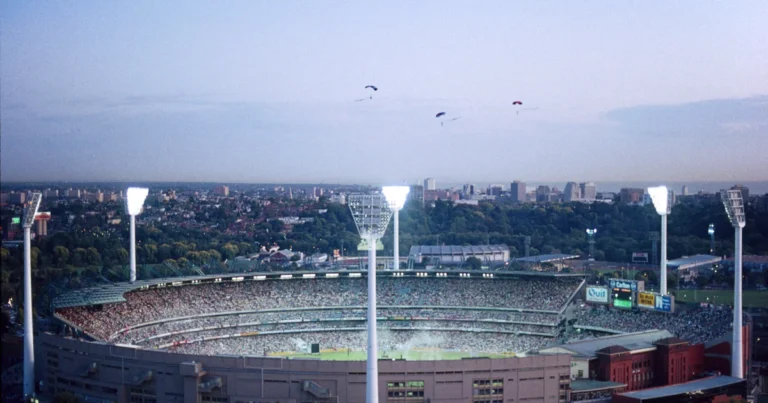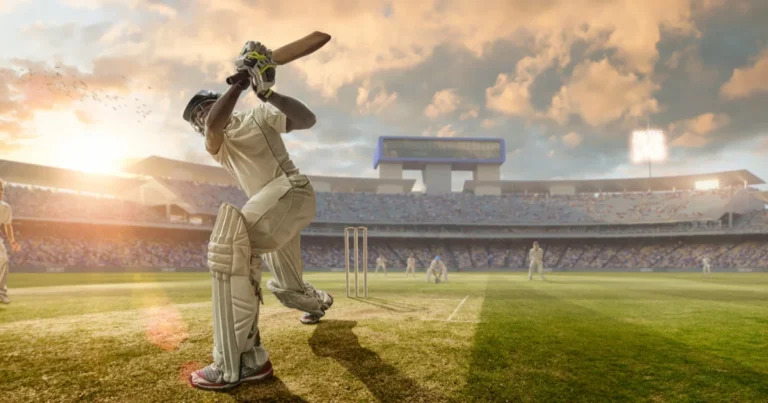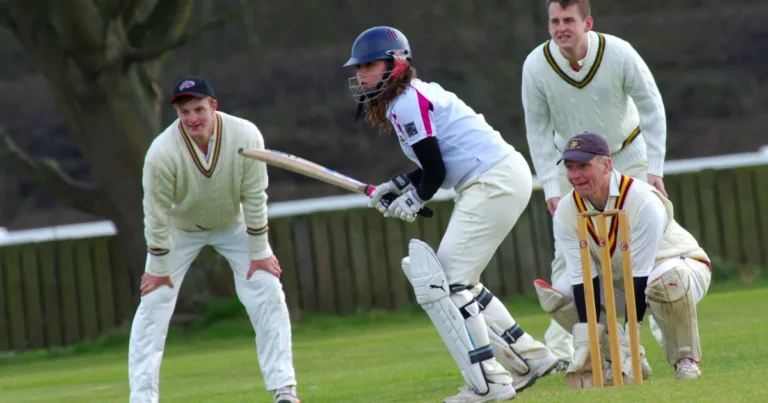Types of Cricket Balls: SG, Dukes, Red, White, and Pink
Cricket balls come in various types, each designed to cater to specific formats, conditions, and levels of play. From the iconic red ball of Test cricket to the white ball of ODIs and T20s, each type of cricket ball has its unique role in the game.
Specialized options like the Dukes, SG, and Kookaburra reflect a blend of tradition, technology, and geography.
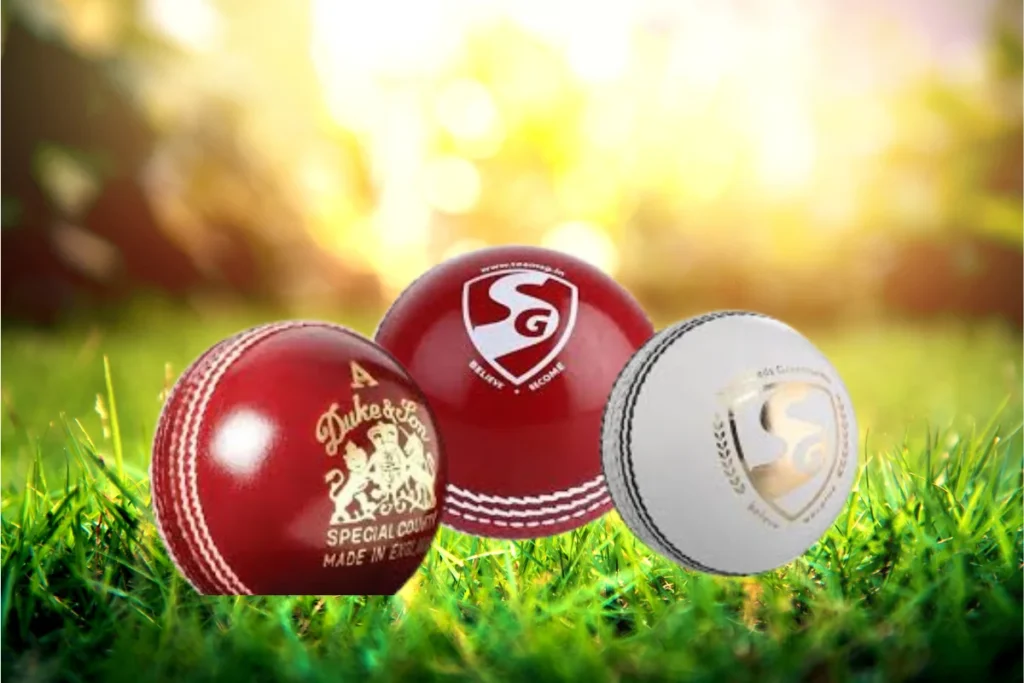
Common Types of Cricket Balls
Cricket balls are crafted to meet the demands of different formats and playing conditions. They vary in terms of material, weight, size, and seam design. Here, we discuss the main types used in professional and amateur cricket.
- Red Ball
- White Ball
- Pink Ball
- SG Cricket Ball
- Dukes Cricket Ball
- Kookaburra Ball
- Cork Ball
- Wind Ball
Each type of ball has distinct features and is used in different formats or conditions.
Detailed Analysis of Cricket Balls
1. Red Ball
Usage: The red ball is primarily used in traditional formats of the game, such as Test cricket.
Specifications:
- Weight: 155.9 to 163 grams
- Price: $20 to $150
- Characteristics: Known for its durability and ability to swing under different weather conditions. Red balls are typically used in daylight hours.
Popular Brands: SG, Dukes, Kookaburra
The red ball’s construction involves a cork core wrapped in tightly wound string and covered with a red leather casing. Its wear and tear are instrumental in generating reverse swing, a technique used predominantly in longer formats.
2. White Ball
Usage: The white ball is utilized in limited-overs formats like One Day Internationals (ODIs) and Twenty20 (T20) matches.
Specifications:
- Weight: 155.9 to 163 grams
- Price: $20 to $150
- Characteristics: Designed to retain visibility under floodlights and during night games. Known to swing more during the early overs but loses its shine faster than the red ball.
Popular Brands: Kookaburra, SG
White balls often have a smoother surface compared to red balls, which influences their behavior under artificial lighting and makes them ideal for the shorter formats where visibility is crucial.
3. Pink Ball
Usage: The pink ball is used in day-night Test matches to ensure visibility under changing light conditions.
Specifications:
- Weight: 155.9 to 163 grams
- Price: $30 to $160
- Characteristics: Combines properties of both red and white balls. It has a dyed leather surface with a coat of lacquer to aid visibility and durability during night play.
Popular Brands: Kookaburra, SG
The pink ball has a pronounced seam, which assists bowlers with swing and seam movement. Its enhanced visibility in twilight and under lights is pivotal for day-night Test cricket.
4. SG Cricket Ball
Usage: Widely used in Indian Test matches and domestic cricket.
Specifications:
- Weight: 155.9 to 163 grams
- Price: $40 to $120
- Characteristics: Known for its prominent seam and durability. The SG cricket ball provides consistent swing and seam movement throughout the match.
Popular Variants: SG Test Ball, SG Club Ball
The SG ball is reputed for its seam retention, which helps bowlers generate swing and seam for longer periods, making it a staple in Indian cricket.
5. Dukes Cricket Ball
Usage: Predominantly used in England and the West Indies for Test matches.
Specifications:
- Weight: 155.9 to 163 grams
- Price: $50 to $140
- Characteristics: Renowned for its pronounced seam and lasting shine, providing excellent swing and seam movement.
Popular Variants: Dukes Special County, Dukes International
The Dukes cricket ball is hand-stitched and has a thicker lacquer coat, enhancing its performance in English conditions, which favor swing bowling.
6. Kookaburra Ball
Usage: Commonly used in international matches in Australia, South Africa, and several other countries.
Specifications:
- Weight: 155.9 to 163 grams
- Price: $30 to $140
- Characteristics: Features a prominent seam and is known for its durability. The Kookaburra ball tends to offer swing for a shorter duration compared to Dukes and SG balls but maintains a consistent bounce.
Popular Variants: Kookaburra Turf, Kookaburra Senator
Machine stitching the Kookaburra ball can affect its seam retention and swing capabilities over time, but it offers reliable performance in various conditions.
7. Cork Ball
Usage: Mostly used in recreational cricket and youth training.

Specifications:
- Weight: 135 to 150 grams
- Price: $10 to $30
- Characteristics: Constructed with a cork core and leather cover. It is softer and lighter, making it safer for training and casual play.
Popular Brands: Various local manufacturers
Cork balls provide a less intimidating experience for young cricketers and are often used in indoor or school cricket settings.
8. Wind Ball
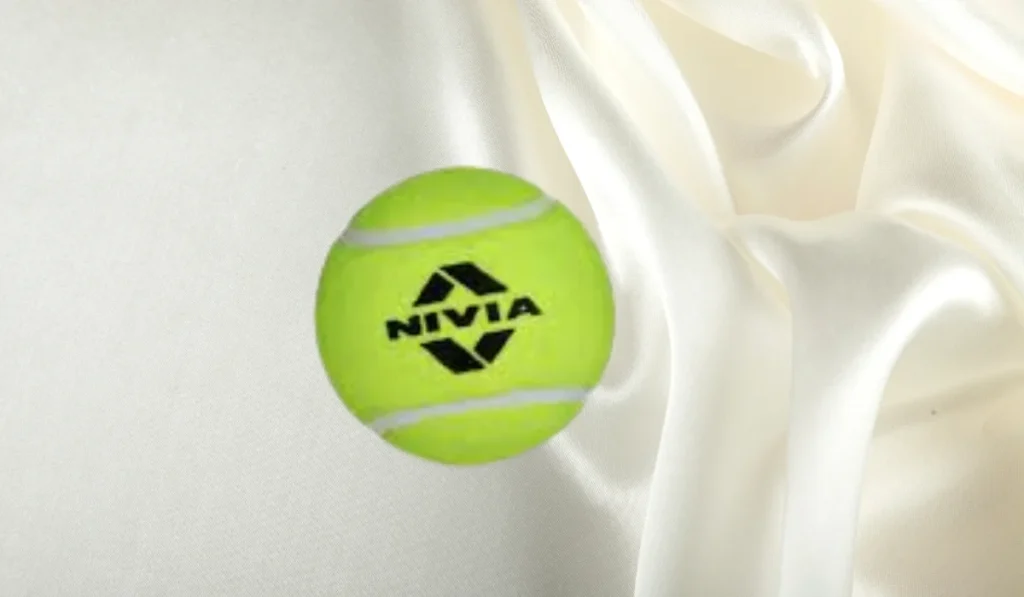
Usage: Used for casual play and training sessions.
Specifications:
- Weight: 100 to 120 grams
- Price: $5 to $15
- Characteristics: Made of soft plastic or rubber, wind balls are lightweight and ideal for beginners. They mimic the size of a regular cricket ball but are much safer for practice.
Popular Brands: Nivia, Cosco
Wind balls reduce the risk of injury and allow players to practice various skills without fear of getting hurt, making them essential for those learning the game.
Comparison Table
| Type | Weight | Price | Usage | Key Characteristics | Popular Brands |
|---|---|---|---|---|---|
| Red Ball | 155.9 to 163 grams | $20 to $150 | Test Matches | Durable, suitable for swing | SG, Dukes, Kookaburra |
| White Ball | 155.9 to 163 grams | $20 to $150 | ODIs, T20s | High visibility, swings early | Kookaburra, SG |
| Pink Ball | 155.9 to 163 grams | $30 to $160 | Day-Night Test Matches | Visible under lights, durable | Kookaburra, SG |
| SG Cricket Ball | 155.9 to 163 grams | $40 to $120 | Indian Tests | Prominent seam, consistent swing | SG |
| Dukes Cricket Ball | 155.9 to 163 grams | $50 to $140 | English, WI Tests | Lasting shine, excellent swing | Dukes |
| Kookaburra Ball | 155.9 to 163 grams | $30 to $140 | Australian Tests | Prominent seam, consistent bounce | Kookaburra |
| Cork Ball | 135 to 150 grams | $10 to $30 | Recreational Cricket | Softer, lightweight | Various |
| Wind Ball | 100 to 120 grams | $5 to $15 | Training, Casual Play | Lightweight, safe for practice | Nivia, Cosco |
Choosing the Right Cricket Ball
Selecting the appropriate cricket ball depends on various factors, including the format, playing conditions, and skill level.
For Professional Matches
- Test Matches: Opt for red balls (SG, Dukes, or Kookaburra) for their durability and swing potential.
- ODIs and T20s: Use white balls (Kookaburra or SG) for better visibility under lights.
- Day-Night Tests: Pink balls (Kookaburra or SG) provide visibility and performance under varying light conditions.
For Training and Casual Play
- Recreational Play: Cork balls are ideal due to their lightweight nature.
- Training: Wind balls provide safety and are suitable for practicing batting and bowling skills without the risk of injury.
Maintenance and Care of Cricket Balls
Proper maintenance is crucial to retain the performance and longevity of cricket balls. Here are some tips:
- Conditioning: Regularly polish the leather surface of red and white balls to maintain shine and seam integrity.
- Storage: Store balls in a cool, dry place to prevent the leather from cracking.
- Cleaning: Avoid excessive moisture; use a damp cloth to wipe the ball clean if necessary.
Take Away
Each ball has unique properties that suit different formats and conditions, making the choice of ball a critical factor in the game. Whether you’re a professional cricketer, a coach, or a casual player, knowing which ball to use can enhance your performance and enjoyment of the sport.

